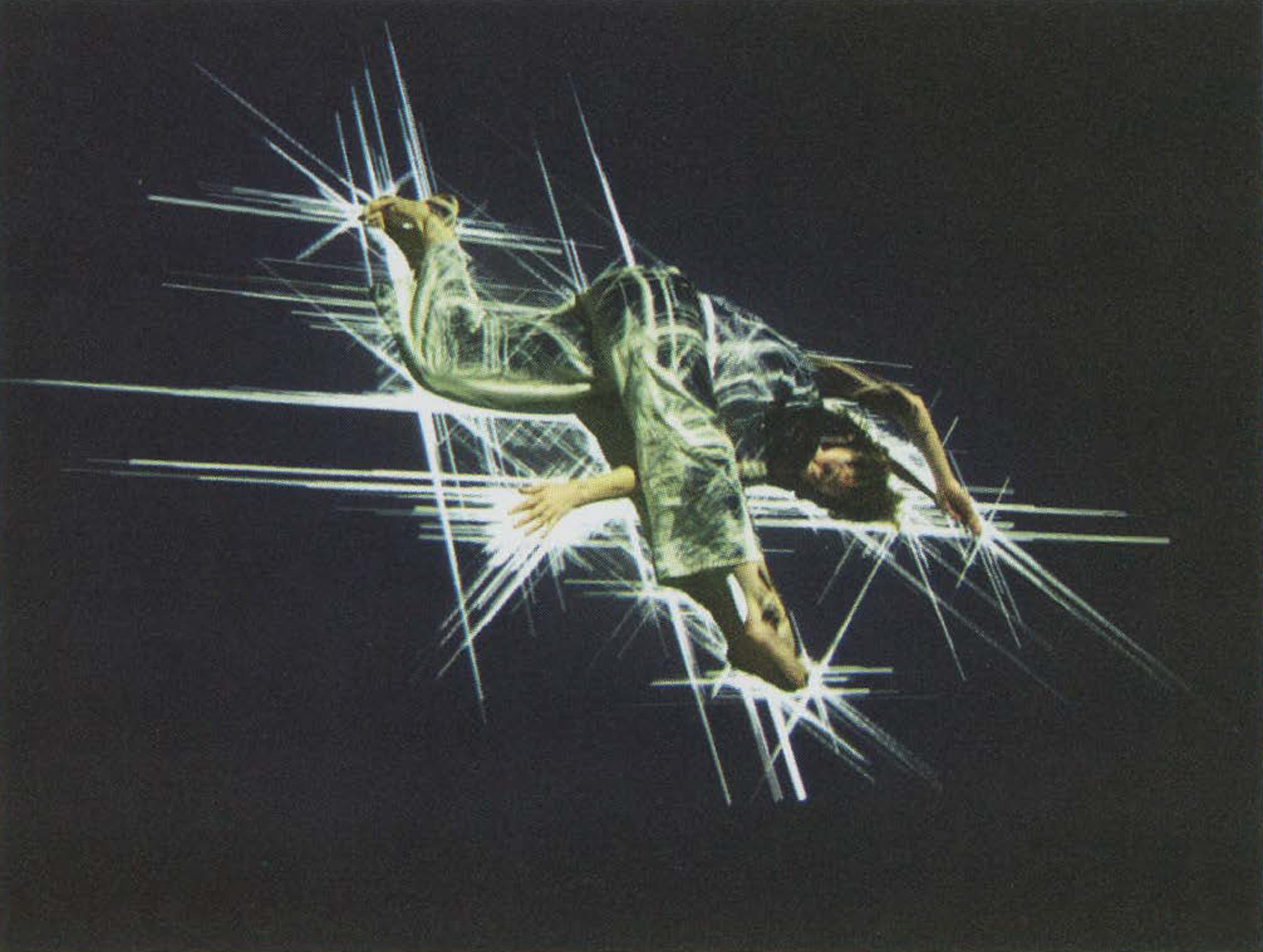Frieder Weiss, Palindrome: Perceivable Bodies
Artist(s):
Collaborators:
Title:
- Perceivable Bodies
Exhibition:
Medium:
- Interactive dance performance
Category:
Artist Statement:
This dance performance investigates the representation of the body and the changing perception of media enriched dance performance. Perceivable Bodies metaphorically observes how the technological age has fundamentally changed the understanding of human kind. Along with technical developments that enable the computer systems to behave in an intelligent and human way, the performance enables the understanding of human nature in a more technical and functional way.
Modern brain research interprets our lives in a similar fashion to the story told by our biological CPU. Aspects of humanity such as love, art, religion, etc. are understood as functional, virtually created from sensory information. Perception is the negotiation between our interaction with the physical world and the images and experiences we already have stored in our memory.
For more than 10 years Fried er Weiss, co-director of Palindrome IMPG has worked with real-time computer media in dance performances. His goal is to support real-time presence in performance and provide new methods for performers to develop their work. Dance is typically difficult to represent in fixed media – it demands that the performer’s physical presence exists in a real space. With dancer and choreographer Emily Fernandez, Palindrome developed a series of performances that focus on real-time acoustical and visual interaction.
With composer Dan Hosken, Weiss and Fernandez are able to further develop the movement-real-time sound generation aspects of the performances. One of their primary concerns, is the ability of the audience to perceive the connections between the physical motions of the dancer and the sound and video that results. This perceivability falls along a continuum from overly simple (one motion yields one sound) to overly complex (something’s changing but we don’t know what). Their desire is to stake out ground in the middle of that continuum while still allowing for creative choreography and rich sound output.
Technical Information:
For the performance, Perceivable Bodies, Frieder Weiss developed various software systems and projection techniques. “EyeCon” and “Kalypso” are two programs specifically developed for use in the dance performances. They are internationally available and used by numerous companies around the world.
“EyeCon” is a camera-based motion sensing system where the movements of the dancers are analysed and used to control other media such as software synthesized sound, images, etc. “Eyecon” maps the stage into different zones and functions. Parameters like position, activity, symmetry, size, etc. are analysed and mapped to sound and video parameters.
In contrast to this analytical approach, “Kalypso” allows aesthetic transformations of video images for scrims, screens or on body projections. Special algorithmic abstractions are made and allow visual effects such as shadow layering, variable time delays, body outlines, etc. Special care is taken to allow the visual effects to be interactively scripted and transformed.
Dan Hosken, composer and expert digital sound processor, works with MAX/MSP to develop his sound scores. MAX/MSP is a graphical data flow programming language for sound. The program patch for this piece introduces several variations of granular synthesis, a technology that cuts sampled sound material into ‘grains’ that are layered and looped to generate new sounds.





